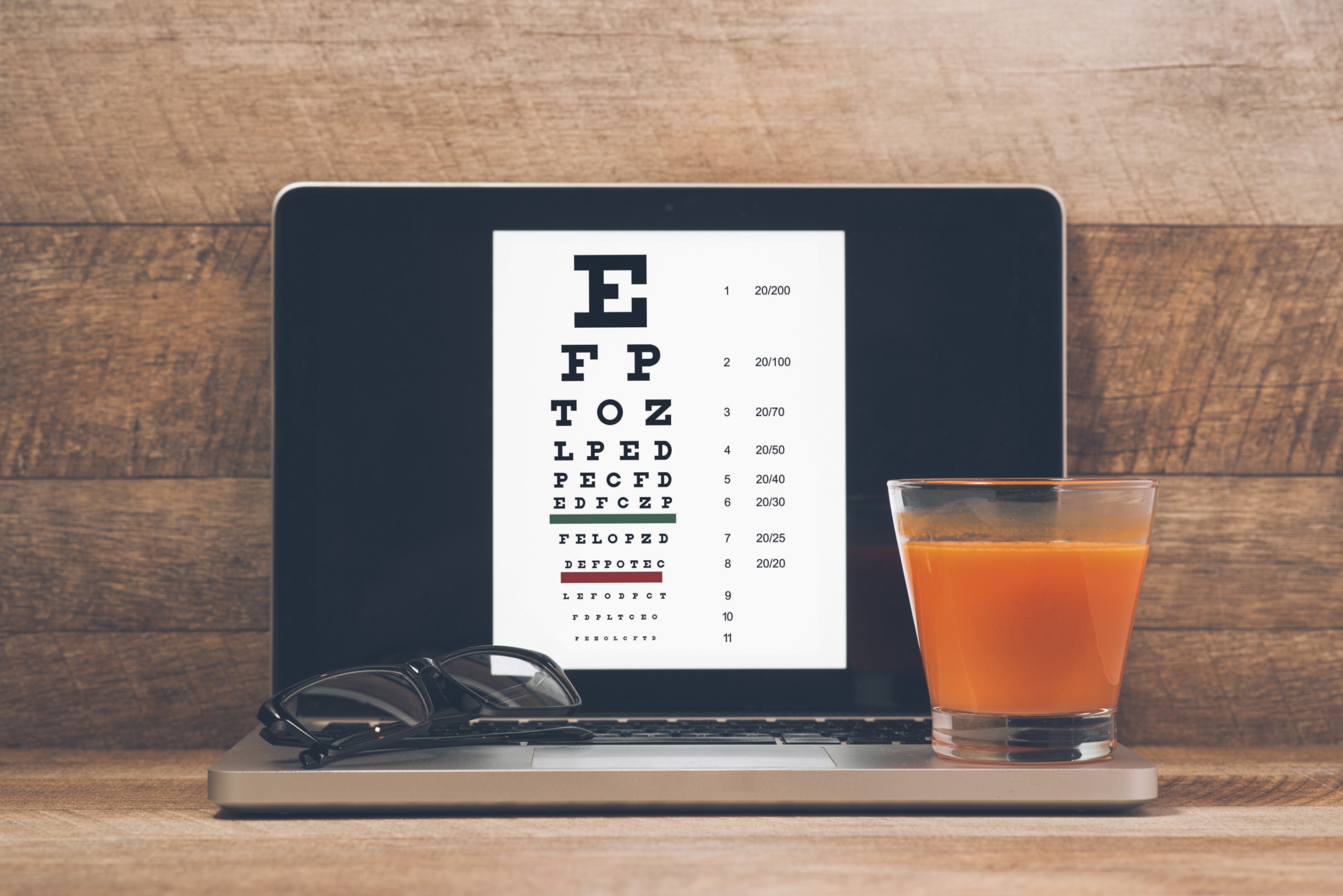As reported by Fortune Business Insights, the market size of reading glasses in the US is expected to grow from $15.56 billion in 2023 to $22.56 billion by 2030. One of the key driving factors of this growth, according to the market report, is the increasing demand to address eye disorders like farsightedness, which affects around 14.2 million Americans above the age of 40.
But how do reading glasses improve quality of life? In this article, we look at how these glasses are a low-cost, high-return option for older people with eye issues.
Improved quality of life
A study published in PLOS One found that a low-cost investment in reading glasses can be linked to an increase in income. Researchers went to 56 villages in Bangladesh where around 800 adults aged 35 to 65 are living with farsightedness, and half were randomly selected to get glasses.
The researchers found that earnings grew by 33% for those who wore glasses, establishing a link between vision correction and improved quality of life. Through reading glasses that enhance their vision, residents were able to accomplish daily tasks more quickly and efficiently, allowing them to do more work that generates more income.
The findings of this research support previous studies that establish a connection between glasses and improved productivity. This is especially crucial for older adults, as aging and poor vision have been linked to issues like depression, reduced mobility, and overall poorer quality of life.
How reading glasses work, and how to find the right pair
There are many ways to preserve ocular health, including eating eye-healthy meals like salmon, which is rich in Vitamin A and could improve night vision, implementing frequent screen breaks, and doing eye exercises.
However, for older people who are already living with eyesight changes, reading glasses have become a constant companion to help them read texts and focus on nearby objects.
These glasses use magnified lenses that come in various strengths – which are also called diopters (D) – that enlarge whatever is in the sight of vision. These diopters can range between +0.75 and +4.00 D. Higher diopter values indicate greater magnification.
When finding the right pair, it’s best to identify the perfect strength of reading glasses that can suit your needs. That way, you’re guaranteed to use a pair that can help improve your vision.
Readers is a website where you can find a wide range of reading glasses like The Arlo and The Dean. The site also makes it easier to choose a preferred option since it allows you to filter reading glasses by gender, strength, and frame style. That way, you can find a personalized pair with comfortable strengths to help you read better without having to rifle through options at a brick-and-mortar store.
Another useful tip is to consult with an eye doctor who can conduct a comprehensive eye exam to find out the correct diopters or strength that your vision may require. Eye check-ups can also measure pupillary distance, which is crucial in crafting reading glasses since it ensures that the center of each lens aligns with your pupils for accurate focus.
An appointment to check your vision also enables you to detect other vision problems like glaucoma, which may require further intervention beyond a new pair of glasses. You can schedule an eye exam through various eye care retailers’ websites, including Target Optical, to help you find which diopters can perfectly cater to your unique vision needs.
For many people reading glasses are a low-cost option that can yield many benefits. From improved vision to increased productivity and income, these corrective tools can help you enjoy a greater quality of life.
This article was written for WHN by AUTHOR BIO: RUTH ANN JOHN who is a freelance writer who enjoys writing about health, wellness, and sustainability. When she’s not typing away at her keyboard, you can find her completing an oil painting or doing DIY projects.
As with anything you read on the internet, this article should not be construed as medical advice; please talk to your doctor or primary care provider before changing your wellness routine. This article is not intended to provide a medical diagnosis, recommendation, treatment, or endorsement. These statements have not been evaluated by the Food and Drug Administration.
Opinion Disclaimer: The views and opinions expressed in this article are those of the author and do not necessarily reflect the official policy of WHN/A4M. Any content provided by guest authors is of their own opinion and is not intended to malign any religion, ethic group, club, organization, company, individual, or anyone or anything.
Content may be edited for style and length.
References/Sources/Materials provided by: https://www.fortunebusinessinsights.com/industry-reports/u-s-reading-glasses-market-100969
https://thevisioncouncil.org/sites/default/files/assets/media/TVC_OrgOverview_sheet_2021.pdf
https://journals.plos.org/plosone/article?id=10.1371/journal.pone.0296115
https://www.worldhealth.net/news/overlooking-importance-eye-health/
https://www.webmd.com/eye-health/what-to-expect-checkup-eye-exam-adults




